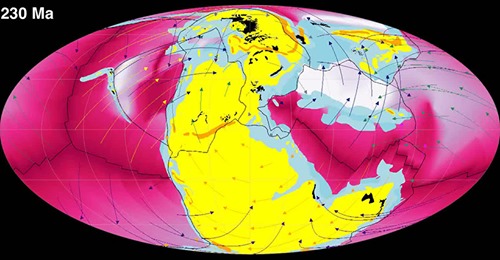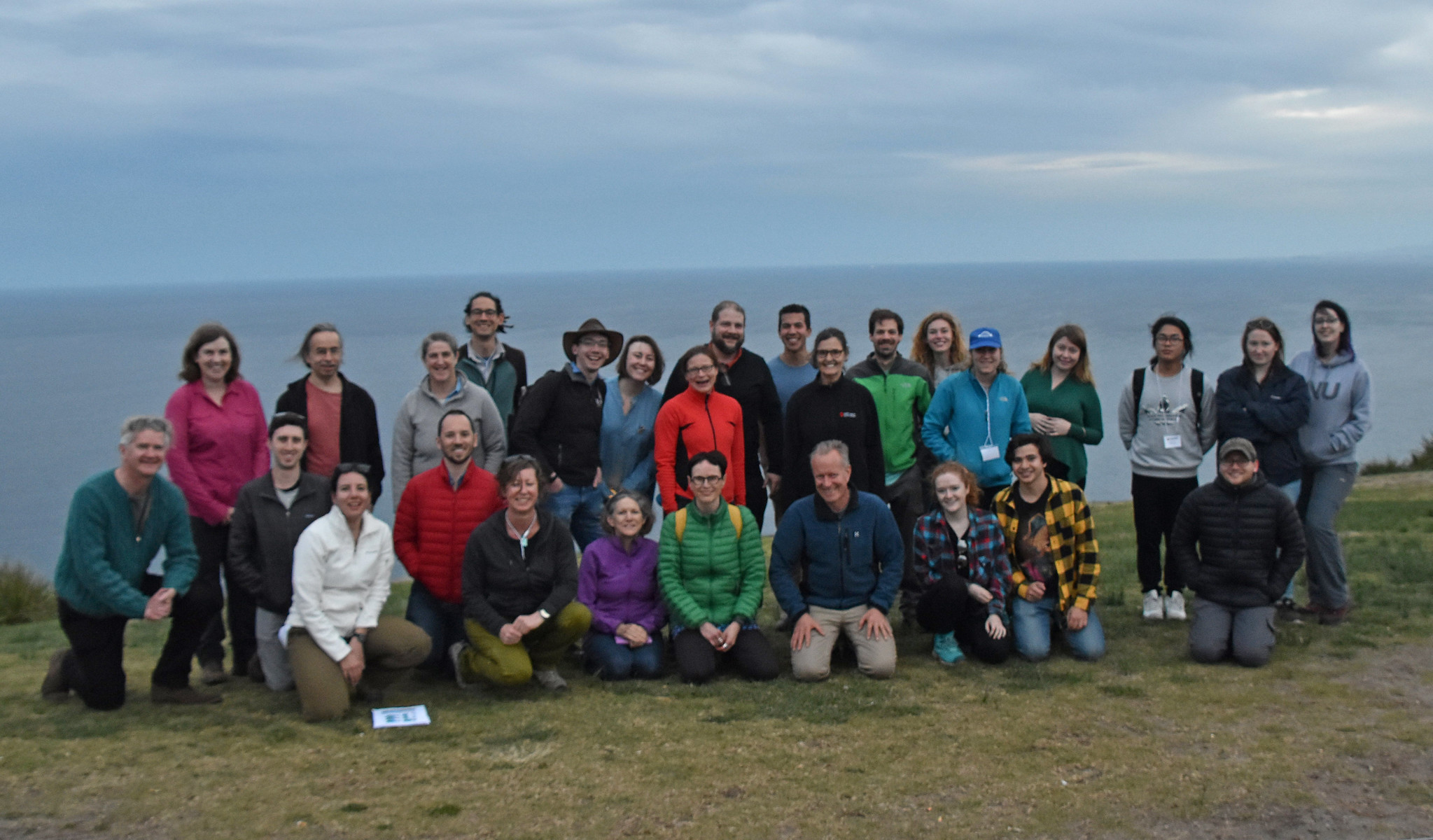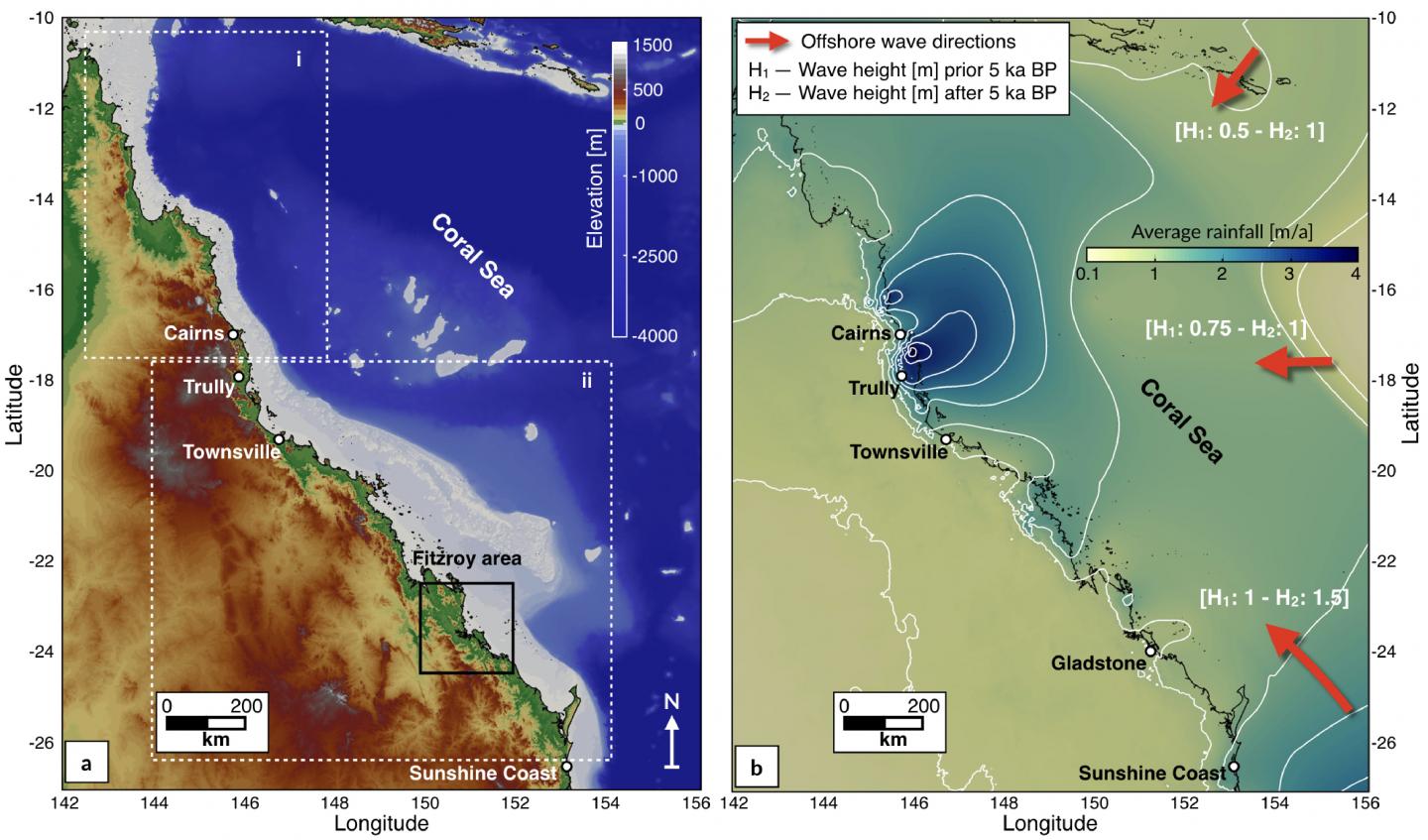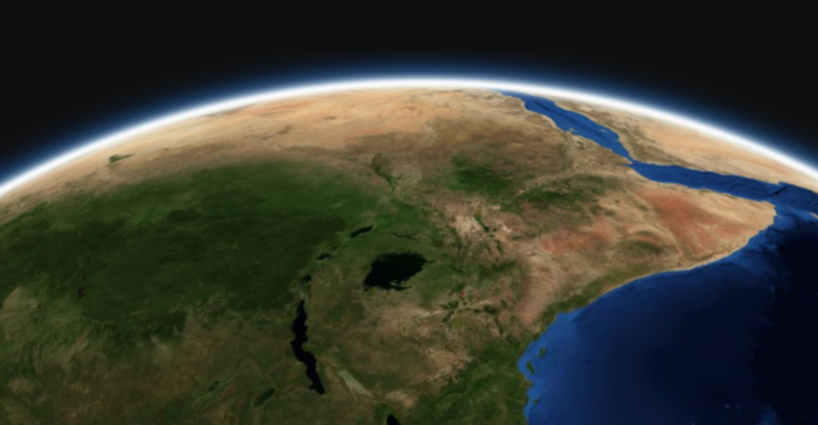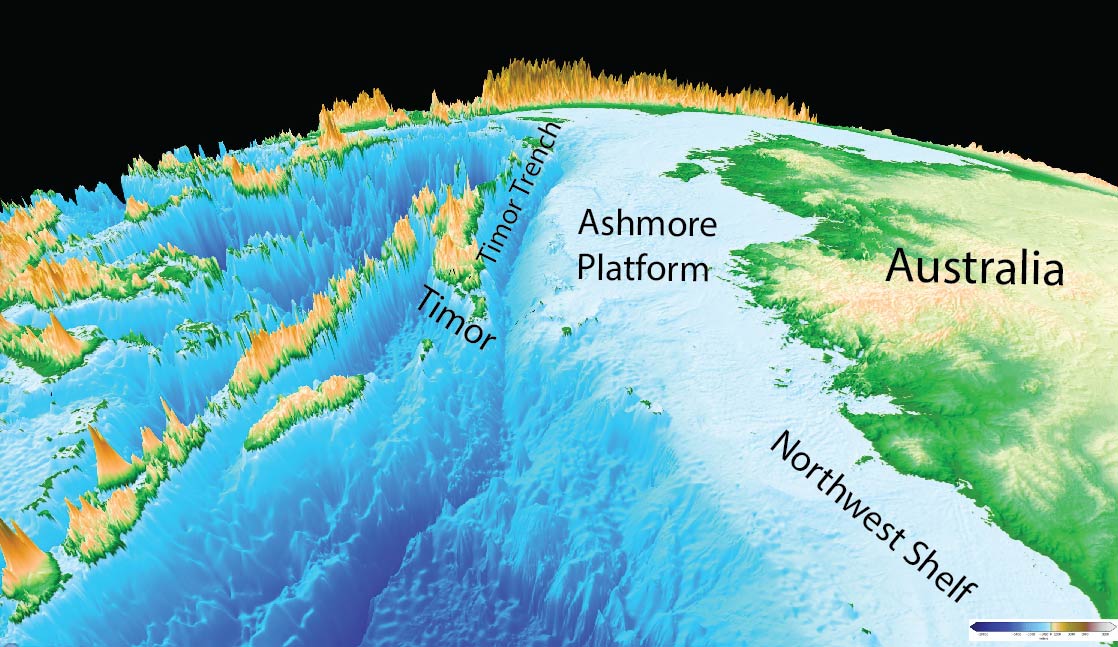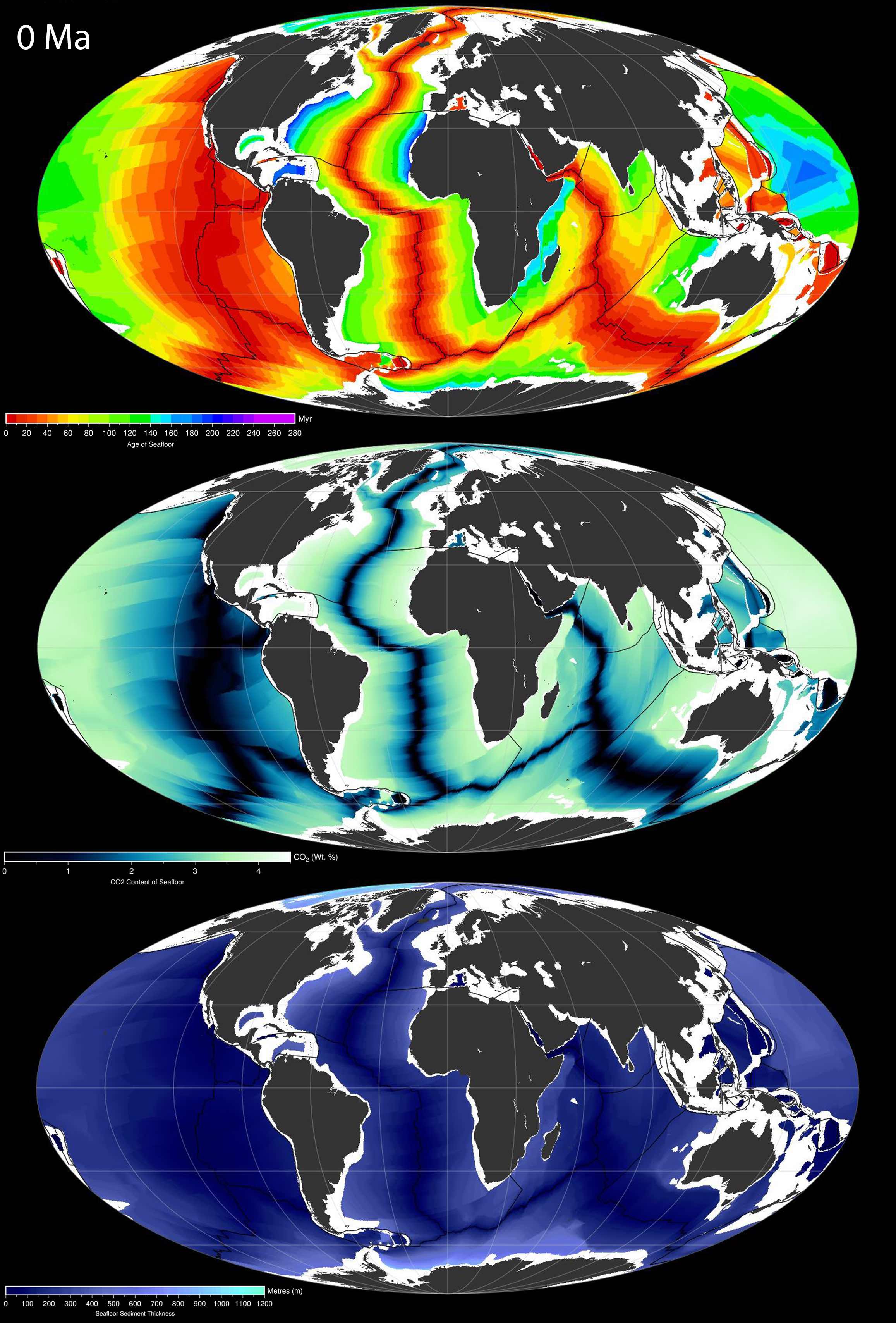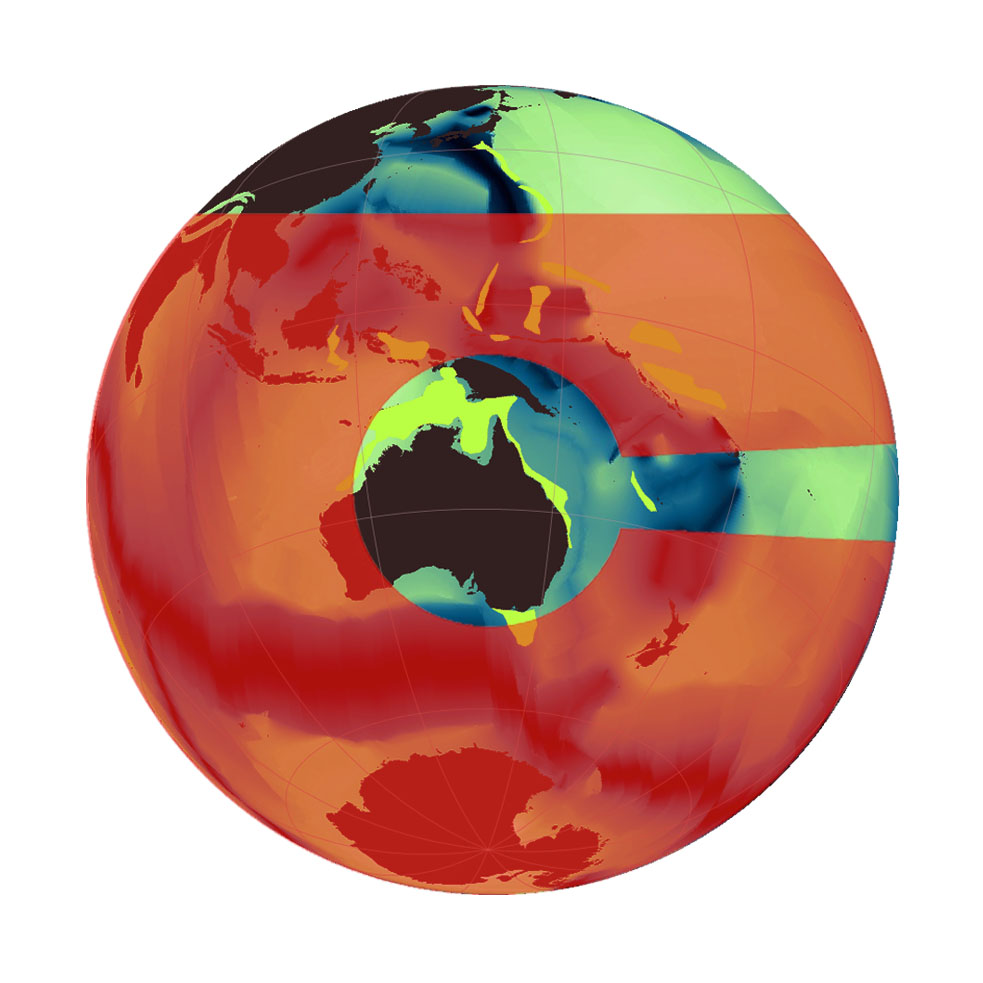Visualizing the Deep Carbon Cycle
Christian Fogerty, writing for American Geophysical Union (AGU)’s EoS magazine, reviews some of our work on modelling and visualising Earth’s deep carbon cycle. We started our exciting journey with the Deep Carbon Observatory (DCO) in 2015, and these projects have laid the foundations of a lot of exciting future work. Importantly, the team behind the … Read more…

